Launching a Startup on Cloudflare Workers

Closing out the Developer Spotlight series for this week is Tejas Mehta who shares how he built his startup, cClip.
cClip is a great tool that allows you to “copy/paste” and transfer files between any of your devices, regardless of what OS they run.
What is so interesting about cClip though is that it is a fully serverless application built on top of Workers and KV, but not exclusively. It uses Firebase for authentication, RevenueCat for a consolidated view over the Apple and Google Play store, and Stripe for all other billing related work.
This is a peek into the future of application development. This is a future where we will be “importing” other SaaS applications as easily as we currently import a package from a package manager. And not only unidirectional by calling APIs on that external application, but bi-directional communication through events with Webhooks.
Here is Tejas telling his story.
The origins of cClip
The abrupt transition to virtual schooling last year led to all my school communications and assignments transitioning online. With a MacBook laptop and an Android phone, submitting my precalculus homework meant I had to take a picture of each page, email each picture to Continue reading
An Open-Source CMS on the Cloudflare Stack: Introductory Post
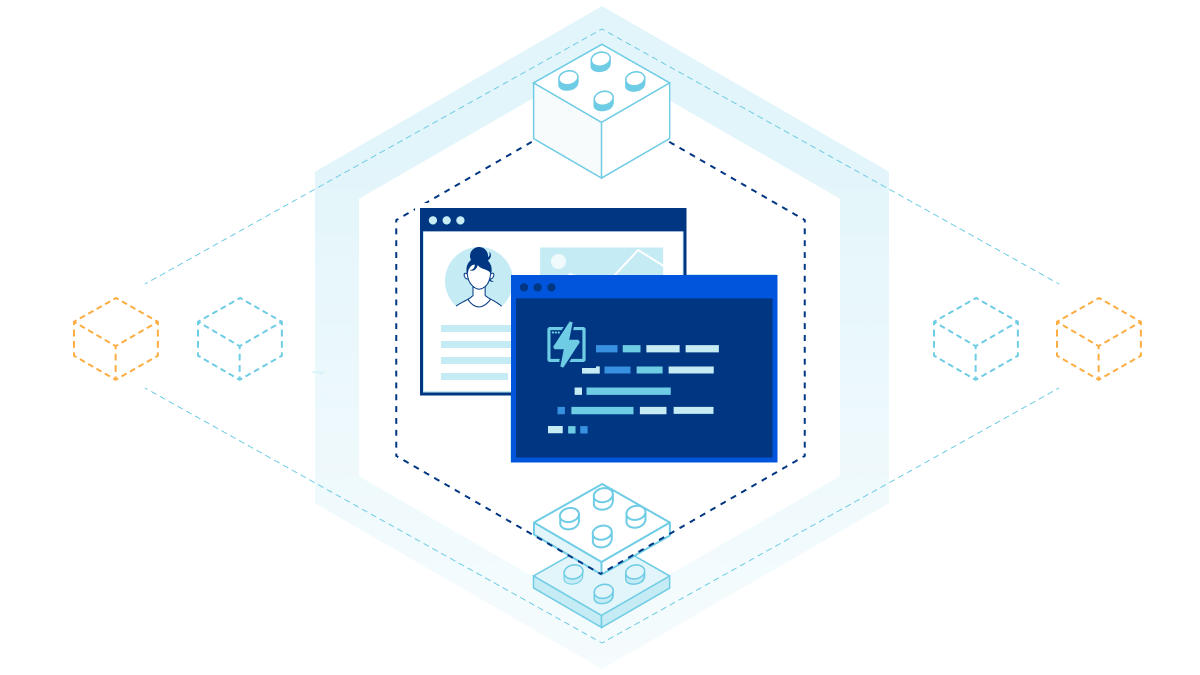
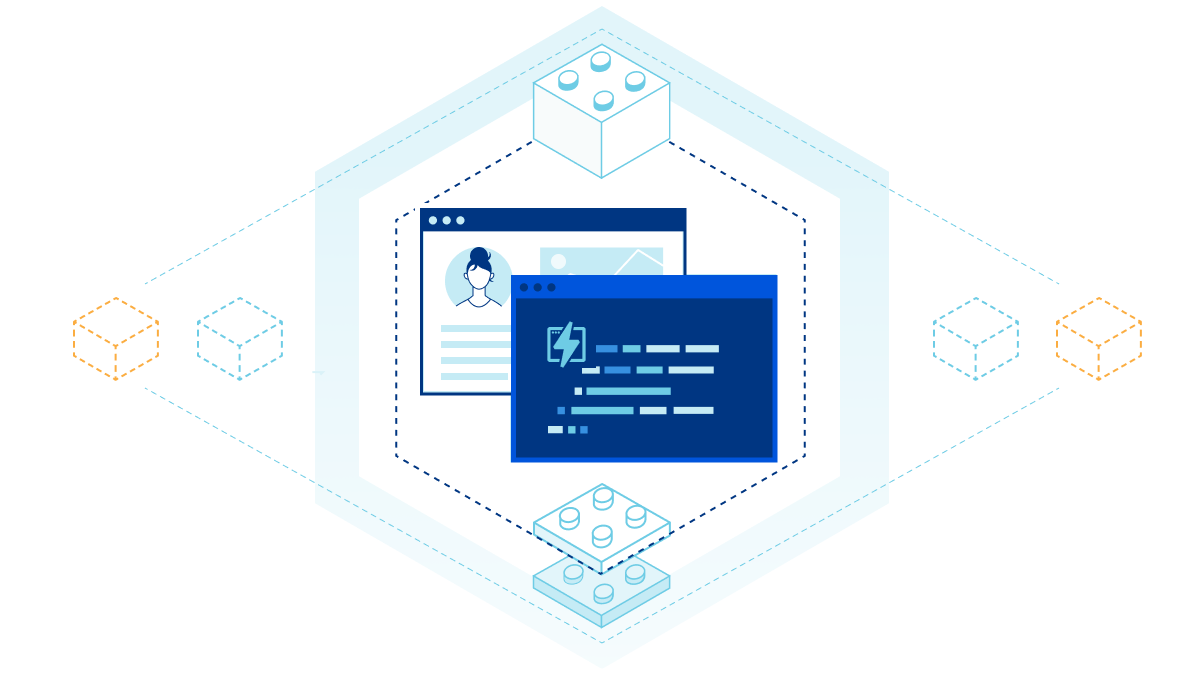
The Cloudflare documentation is a great resource when learning concepts, reviewing API usage notes, or when you’re in need of a concise snippet to illustrate those APIs or concepts. But, as comprehensive as it is, new users to the Cloudflare Workers platform must bridge a large gap to go from the introductory example snippets to a real, production-ready application. While some of this may be specific to Workers (as with any platform), developers everywhere are figuring out how applications should be built in a serverless world. Building large serverless applications entails a learning curve journey, regardless of a developer’s experience level.
At Cloudflare, we’re intimately aware of this because we also had to go through the same transition. Our engineers are world-class and expertfully design and craft products that compliment the distributed paradigm… but experts aren’t born overnight! We have been there, and we want to help jumpstart and aid others’ understanding.
With this in mind, we decided to do something unique to the industry: we are developing an example feature-complete SaaS application that will be built entirely on the Cloudflare stack. It is and will continue to be completely free, open-sourced on GitHub, and developed in public. This Continue reading
Build your next video application on Cloudflare

Historically, building video applications has been very difficult. There's a lot of complicated tech behind recording, encoding, and playing videos. Luckily, Cloudflare Stream abstracts all the difficult parts away, so you can build custom video and streaming applications easily. Let's look at how we can combine Cloudflare Stream, Access, Pages, and Workers to create a high-performance video application with very little code.
Today, we’re going to build a video application inspired by Cloudflare TV. We’ll have user authentication and the ability for administrators to upload recorded videos or livestream new content. Think about being able to build your own YouTube or Twitch using Cloudflare services!
Fetching a list of videos
On the main page of our application, we want to display a list of all videos. The videos are uploaded and stored with Cloudflare Stream, but more on that later! This code could be changed to display only the "trending" videos or a selection of videos chosen for each user. For now, we'll use the search API and pass in an empty string to return all.
import { getSignedStreamId } from "../../src/cfStream"
export async function onRequestGet(context) {
const {
request,
env,
params,
} = context
const { id Continue readingWorkers, Now Even More Unbound: 15 Minutes, 100 Scripts, and No Egress
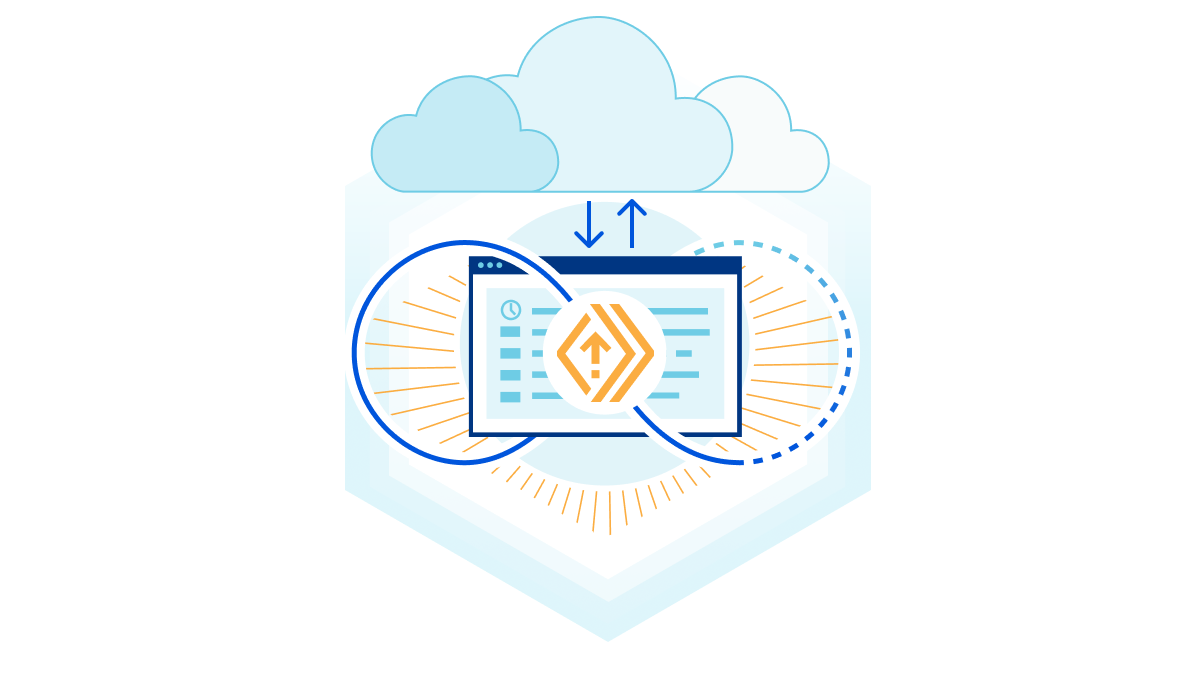

Our mission is to enable developers to build their applications, end to end, on our platform, and ruthlessly eliminate limitations that may get in the way. Today, we're excited to announce you can build large, data-intensive applications on our network, all without breaking the bank; starting today, we're dropping egress fees to zero.
More Affordable: No Egress Fees
Building more on any platform historically comes with a caveat — high data transfer cost. These costs often come in the form of egress fees. Especially in the case of data intensive workloads, egress data transfer costs can come at a high premium, depending on the provider.
What exactly are data egress fees? They are the costs of retrieving data from a cloud provider. Cloud infrastructure providers generally pay for bandwidth based on capacity, but often bill customers based on the amount of data transferred. Curious to learn more about what this means for end users? We recently wrote an analysis of AWS’ Egregious Egress — a good read if you would like to learn more about the ‘Hotel California’ model AWS has spun up. Effectively, data egress fees lock you into their platform, making you choose your provider based not on Continue reading
Cloudflare Images introduces AVIF, Blur and Bundle with Stream
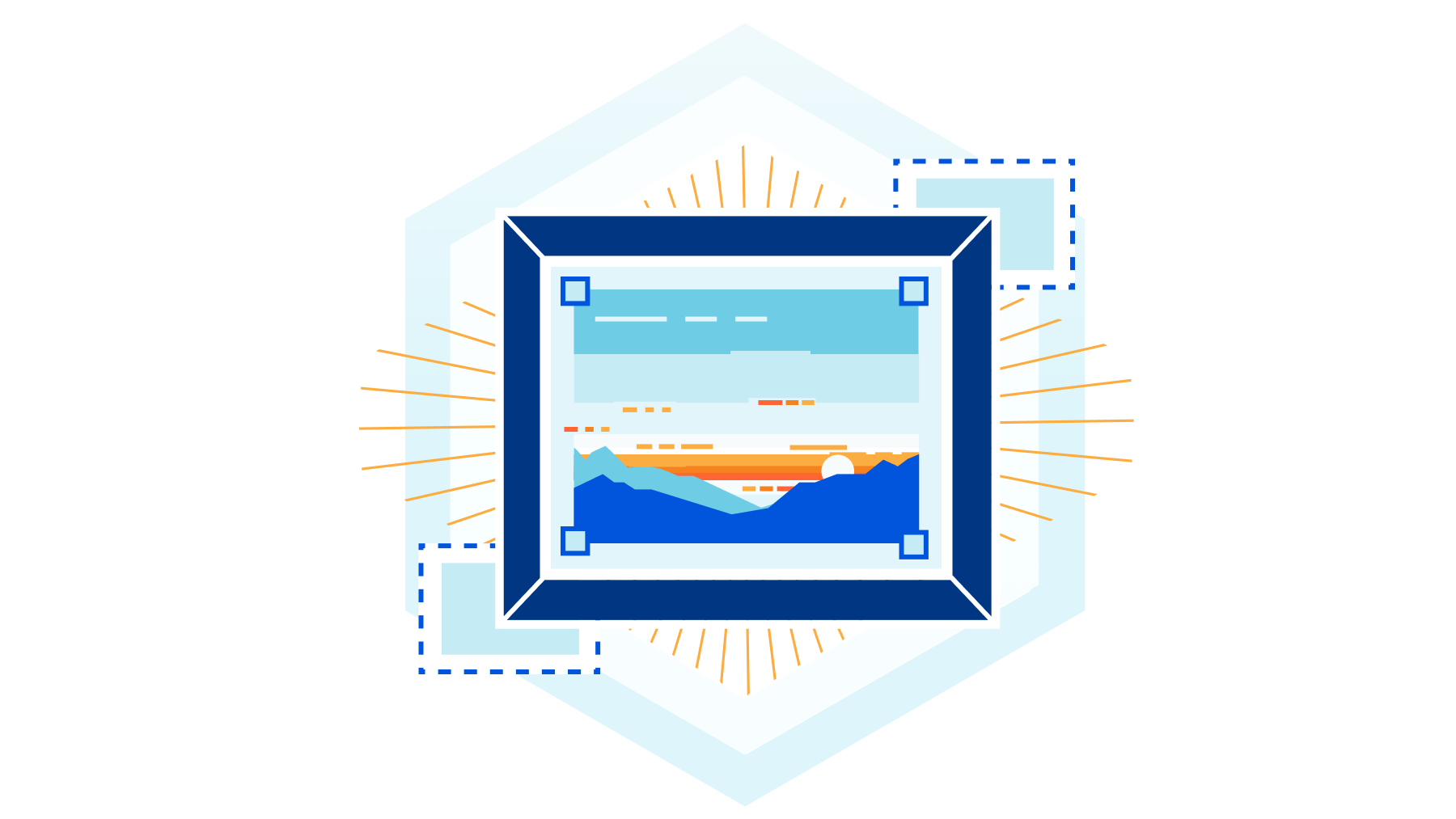

Two months ago we launched Cloudflare Images for everyone, and we are amazed about the adoption and the feedback we received.
Let’s start with some numbers:
More than 70 million images delivered per day on average in the week of November 5 to 12.
More than 1.5 million images have been uploaded so far, growing faster every day.
But we are just getting started and are happy to announce the release of the most requested features, first we talk about the AVIF support for Images, converting as many images as possible with AVIF results in highly compressed, fast delivered images without compromising on the quality.
Secondly we introduce blur. By blurring an image, in combination with the already supported protection of private images via signed URL, we make Cloudflare Images a great solution for previews for paid content.
For many of our customers it is important to be able to serve Images from their own domain and not only via imagedelivery.net. Here we show an easy solution for this using a custom Worker or a special URL.
Last but not least we announce the launch of new attractively priced bundles for both Cloudflare Images and Stream.
Images Continue reading
Developer Spotlight: Automating Workflows with Airtable and Cloudflare Workers

Next up on the Developer Spotlight is another favourite of mine. Today’s post is by Jacob Hands. Jacob operates TriTails Premium Beef, which is an online store for meat, a very perishable good. So he has a lot of unique challenges when it comes to shipping. To deal with their growth, Jacob, a developer by trade, turned to Airtable and Cloudflare Workers to automate a lot of their workflow.
One of Jacob’s quotes is one of my favourites:
“Sure, Cloudflare Workers allows you to scale to billions of requests per day, but it is also awesome for a few hundred requests a day.”
Here is Jacob talking about how it only took him a few days to put together a fully customised workflow tool by integrating Airtable and Workers. And how it saves them multiple hours every single day.
Shipping Requirements
Working at a new e-commerce business shipping perishable goods has several challenges as operations scale up. One of our biggest challenges is that daily shipping throughput is limited. Partly because of a small workspace, limiting how many employees can simultaneously pack orders, and also because despite having a requested pickup time with UPS, they often show up Continue reading
Modifying HTTP response headers with Transform Rules
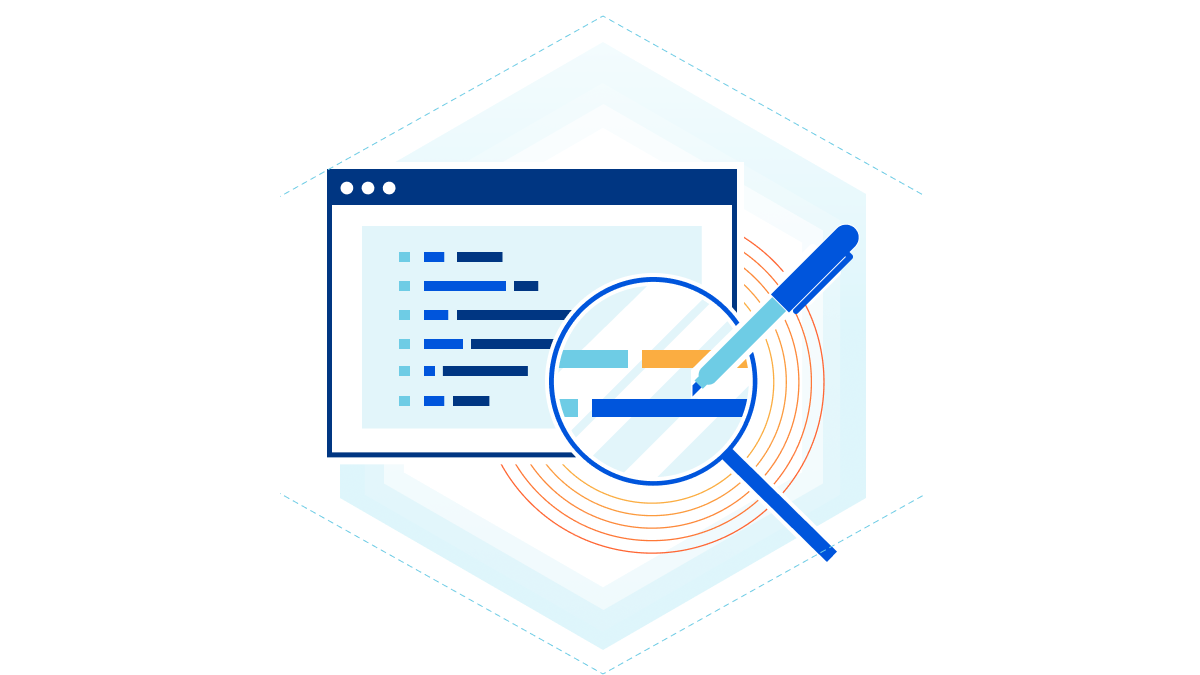
HTTP headers are central to how the web works. They are used for passing additional information between the client and server, such as which security permissions to apply and information about the client, allowing the correct content to be served.
Today we are announcing the immediate availability of the third action within Transform Rules, “HTTP Response Header Modification”, available for all Cloudflare plans. This new functionality provides Cloudflare users the ability to set or remove HTTP response headers as traffic returns through Cloudflare back to the client. This allows customers to enrich responses with information about how their request was handled, debugging information and even recruitment messages.
Previously, HTTP response header modification was done using a Cloudflare Worker. Today we’re introducing an easier way to do this without writing a single line of code.
Luggage tags of the World Wide Web

Think of HTTP headers as the “luggage tag” attached to your bags when you check in at the airport.
Generally, you don't need to know what those numbers and words mean. You just know they are important in getting your suitcase from the boarding desk, to the correct airplane, and back to the correct luggage carousel at your destination.
The Cloudflare Developer Expert Program: apply today!


Today we’re launching the Cloudflare Developer Expert Program: an initiative to support and recognize our VIP users who build with Workers, Pages, and the entire Cloudflare developer ecosystem.
A Cloudflare Developer Expert is an early adopter of new releases, a frequent participant in feedback sessions, and an evangelist for Cloudflare products made for the larger developer community.
But first, what are the benefits of becoming a Cloudflare Developer Expert?
- Early access to features (e.g., private betas)
- Admission to a private community of power users
- Routine calls with product managers, engineers, and developer advocates
- Sponsorships for OSS work
- Our best swag, of course
We have already sent invites to our first batch of power users, but if you’d like to join or want to nominate a developer, please fill out this form.
Why We Made This Program
We ship very quickly at Cloudflare.
This is because we want feedback early in development, allowing users to challenge our assumptions and validate what we’re building. In the Workers team, this strategy has been very successful.
For example, we began beta testing custom builds for Wrangler (our CLI tool) that allow you to run any JavaScript bundler you want. This was Continue reading
Cloudflare Pages Goes Full Stack
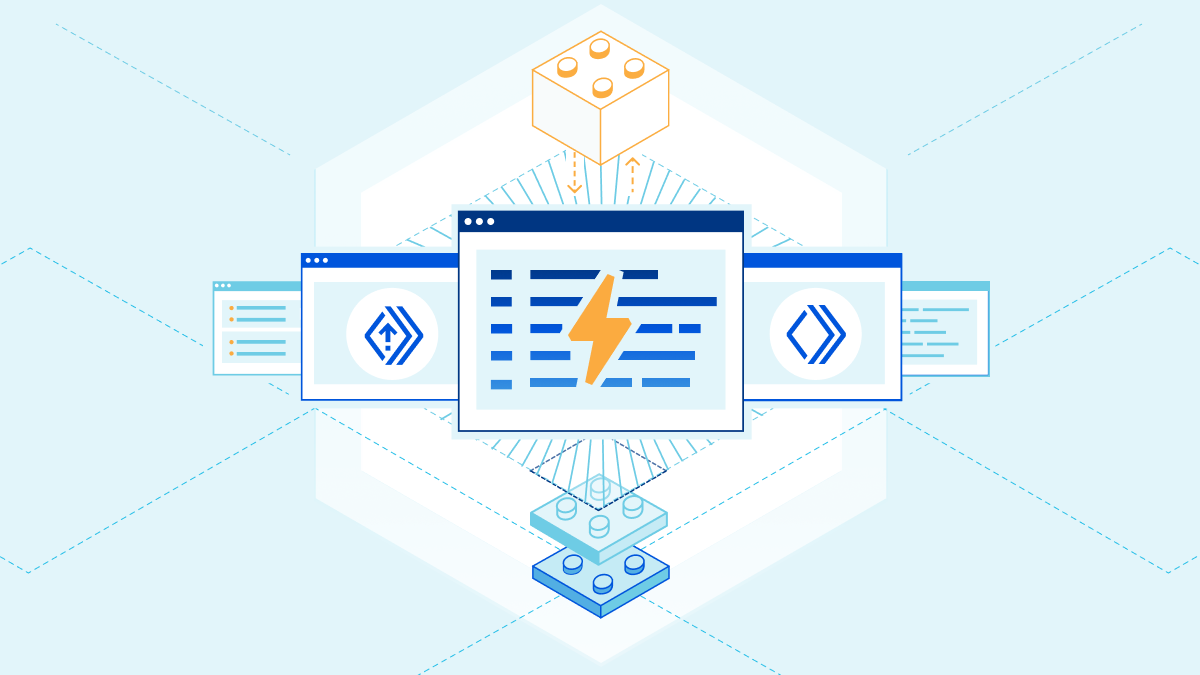
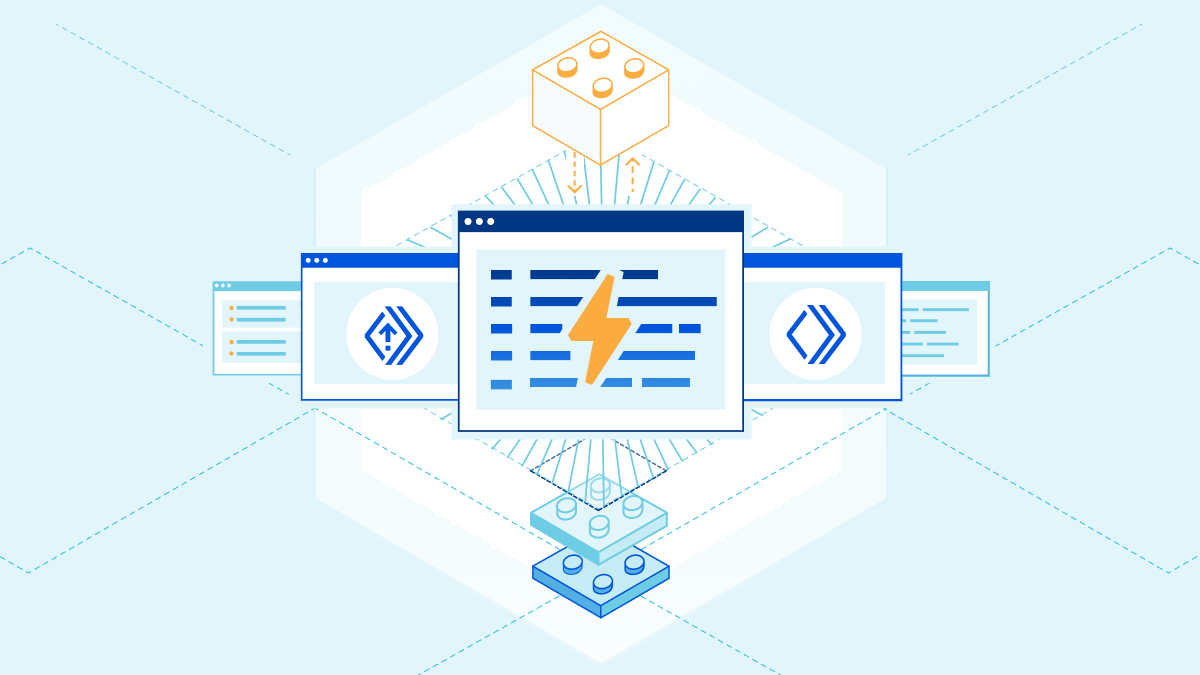
When we announced Cloudflare Pages as generally available in April, we promised you it was just the beginning. The journey of our platform started with support for static sites with small bits of dynamic functionality like setting redirects and custom headers. But we wanted to give even more power to you and your teams to begin building the unimaginable. We envisioned a future where your entire application — frontend, APIs, storage, data — could all be deployed with a single commit, easily testable in staging and requiring a single merge to deploy to production. So in the spirit of “Full Stack” Week, we’re bringing you the tools to do just that.
Welcome to the future, everyone. We’re thrilled to announce that Pages is now a Full Stack platform with help from But how? It works the exact same way Pages always has: write your code, Cloudflare Workers provides a serverless execution environment that allows you to create entirely new applications or augment existing ones without configuring or maintaining infrastructure. Before today, it was possible to connect Workers to a Pages project—installing Wrangler and manually deploying a Worker by writing your app in both Pages and Workers. But we didn’t just want “possible”, we wanted something that came as second nature to you so you wouldn’t have to think twice about adding dynamic functionality to your site. By using your repo’s filesystem convention and exporting one or more function handlers, Pages can leverage Workers to deploy serverless functions on your behalf. To begin, simply add a If you perform a Under the hood, Pages generates Workers which include all your routing and functionality from the source. Functions supports deeply-nested routes, wildcard matching, middleware for things like authentication and error-handling, and more! To demonstrate all of its bells and whistles, we’ve created a blog post to walk through an example full stack application. As your site grows in complexity, with Pages’ new full stack functionality, your developer experience doesn’t have to. You can enjoy the workflow you know and love while unlocking even more depth to your site. In the same way we’ve handled builds and deployments with your static sites — with a `git commit` and `git push` — we’ll deploy your functions for you automatically. As long as your directory follows the proper structure, Pages will identify and deploy your functions to our network with your site. While bringing your Workers to Pages, bindings are a big part of what makes your application a full stack application. We’re so excited to bring to Pages all the bindings you’ve previously used with regular Workers! With the deployment of your serverless functions, you can still enjoy the ease of collaboration and testing like you did previously. Before you deploy to production, you can easily deploy your project to a preview environment to stage your changes. Even with your functions, Pages lets you keep a version history of every commit with a unique URL for each, making it easy to gather feedback whether it’s from a fellow developer, PM, designer or marketer! You can also enjoy the same infinite staging privileges that you did for static sites, with a consistent URL for the latest changes. However, we realize that building and deploying with every small change just to stage your changes can be cumbersome at times if you’re iterating quickly. You can now develop full stack Pages applications with the latest release of our wrangler CLI. Backed by Miniflare, you can run your entire application locally with support for mocked secrets, environment variables, and KV (Durable Objects support coming soon!). Point wrangler at a directory of static assets, or seamlessly connect to your existing tools: This is just the beginning of Pages' integrations with wrangler. Stay tuned as we continue to enhance your developer experience. Everything you can do with HTTP Workers today! When deploying a Pages application with functions, Pages is compiling and deploying first class Workers on your behalf. This means there is zero functionality loss when deploying a Worker within your Pages application — instead, there are only new benefits to be gained! SvelteKit is a web framework for building Svelte applications. It’s built and maintained by the Svelte team, which makes it the Svelte user’s go-to solution for all their application needs. Out of the box, SvelteKit allows users to build projects with complex API backends. As of today, SvelteKit projects can attach and configure the You are now able to intercept any request that comes into your Pages project. This means that you can define Workers logic that will receive incoming URLs and, instead of serving static HTML, your Worker can render fresh HTML responses with dynamic data. For example, an application with a product page can define a single If you already have a single Worker and want to bring it right on over to Pages to reap the developer experience benefits of our platform, our announcement today also enables you to do precisely that. Your build can generate an ES module Worker called We’re thrilled to be releasing our open beta today for everyone to try at no additional cost to your Cloudflare plan. While we will still have limits in place, we are using this open beta period to learn more about how you and your teams are deploying functions with your Pages projects. For the time being, we encourage you to lean into your creativity and build out that site you’ve been thinking about for a long time — without the worry of getting billed. In just a few short months, when we announce General Availability, you can expect our billing to reflect that of the Workers Bundled plan — after all, these are just Workers under the hood! As we’re only announcing this release as an open beta, we have some really exciting things planned for the coming weeks and months. We want to improve on the quick and easy Pages developer experience that you're already familiar with by adding support for integrated logging and more analytics for your deployed functions. Beyond that, we'll be expanding our first-class support for the next generation of frontend frameworks. As we've shown with SvelteKit, Pages' ability to seamlessly deploy both static and dynamic code together enables unbeatable end-user performance & developer ease, and we're excited to unlock that for more people. Fans of similar frameworks & technologies, such as NextJS, NuxtJS, React Server Components, Remix, Hydrogen, etc., stay tuned to this blog for more announcements. Or better yet, come join us and help make it happen! Additionally, as we’ve done with SvelteKit, we’re looking to include more first-class integration with existing frameworks, so Pages can become the primary home for your preferred frameworks of choice. Work is underway on making NextJS, NuxtJS, React Server Components, Shopify Hydrogen and more integrate seamlessly as you develop your full stack apps. Finally, we’re working to speed up those build times, so you can focus on pushing changes and iterating quickly — without the wait! To get started head over to our Pages docs and check out our demo blog to learn more about how to deploy serverless functions to Pages using Cloudflare Workers. Of course, what we love most is seeing what you build! Pop into our Discord and show us how you’re using Pages to build your full stack apps.git push to your git provider (now supporting GitLab!) and we’ll deploy your entire site for you. The only difference is, it won’t just be your frontend but your backend too using Cloudflare Workers to help deploy serverless functions.The integration you’ve been waiting for
How it works
./functions directory in the root of your project, and inside a JavaScript or TypeScript file, export a function handler. For example, let’s say in your ./functions directory, you have a file, hello.js, containing:// GET requests to /filename would return "Hello, world!"
export const onRequestGet = () => {
return new Response("Hello, world!")
}
// POST requests to /filename with a JSON-encoded body would return "Hello, <name>!"
export const onRequestPost = async ({ request }) => {
const { name } = await request.json()
return new Response(`Hello, ${name}!`)
}
git commit, it will trigger a new Pages build to deploy your dynamic site! During the build pipeline, Pages traverses your directory, mapping the filenames to URLs relative to your repo structure.Letting you do what you do best
Seamlessly build
Define your bindings
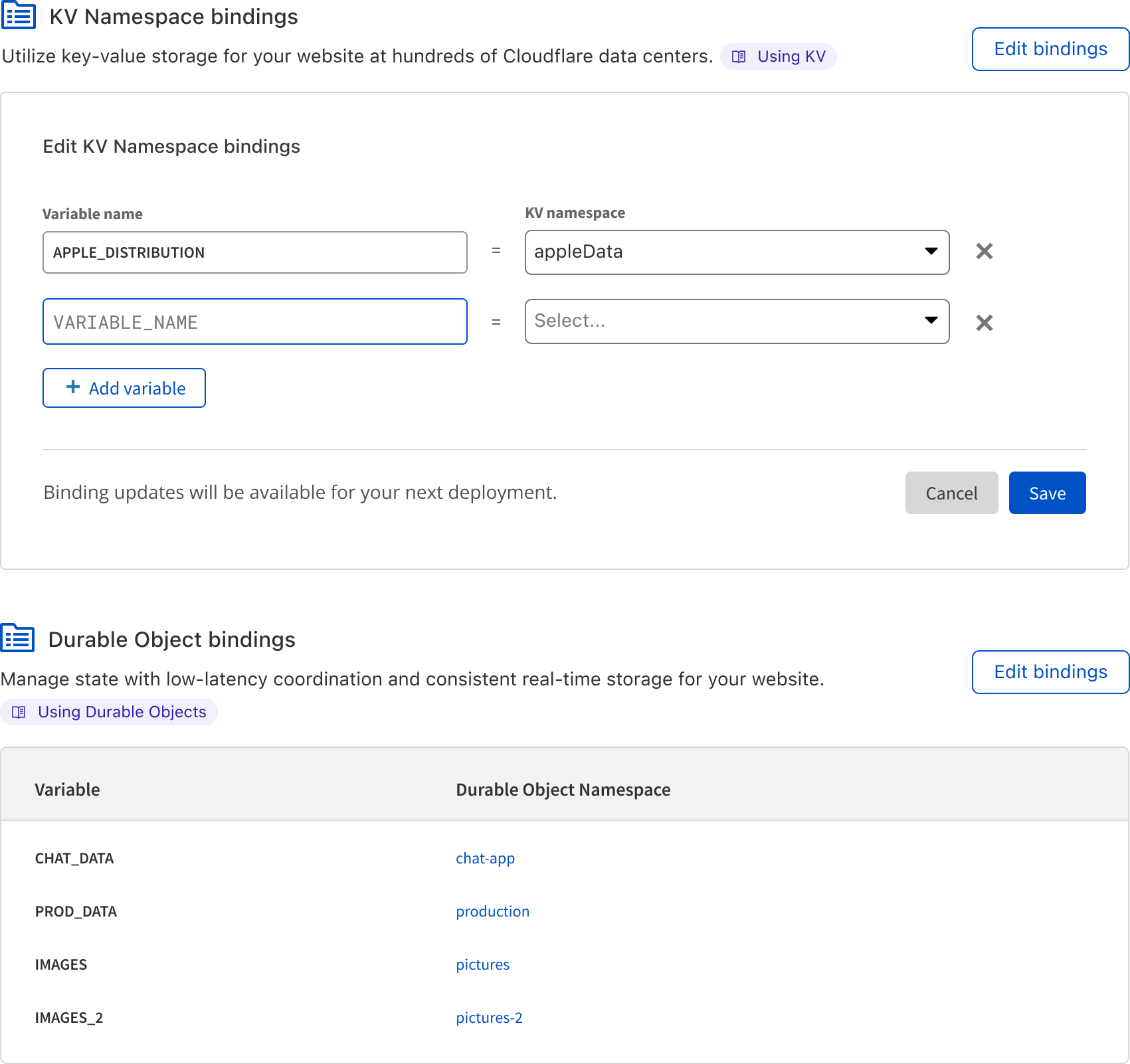
Preview deployments — now for your backend too
Develop and preview locally too
# Install wrangler v2 beta
npm install wrangler@beta
# Serve a folder of static assets
npx wrangler pages dev ./dist
# Or automatically proxy your existing tools
npx wrangler pages dev -- npx react-scripts start
What else can you do?
Integrate with SvelteKit — out of the box!
@sveltejs/adapter-cloudflare package. After doing this, the project can be added to Pages and is ready for its first deployment! With Pages, your SvelteKit project(s) can deploy with API endpoints and full server-side rendering support. Better yet, the entire project — including the API endpoints — can enjoy the benefits of preview deployments, too! This, even on its own, is a huge victory for advanced projects that were previously on the Workers adapter. Check out this example to see the SvelteKit adapter for Pages in action!Use server-side rendering
product/[id].js file that will receive the id parameter, retrieve the product information from a Workers KV binding, and then generate an HTML response for that page. Compared to a static-site generator approach, this is more succinct and easier to maintain over time since you do not need to build a static HTML page per product at build-time… which may potentially be tens or even hundreds of thousands of pages!Already have a Worker? We’ve got you!
_worker.js in the output directory of your project, perform your git commands to deploy, and we’ll take care of the rest! This can be especially advantageous to you if you’re a framework author or have a more complex use case that doesn’t follow our provided file structure.Try it at no cost — for a limited time only
Coming up…
Getting started

Developer Spotlight: Chris Coyier, CodePen
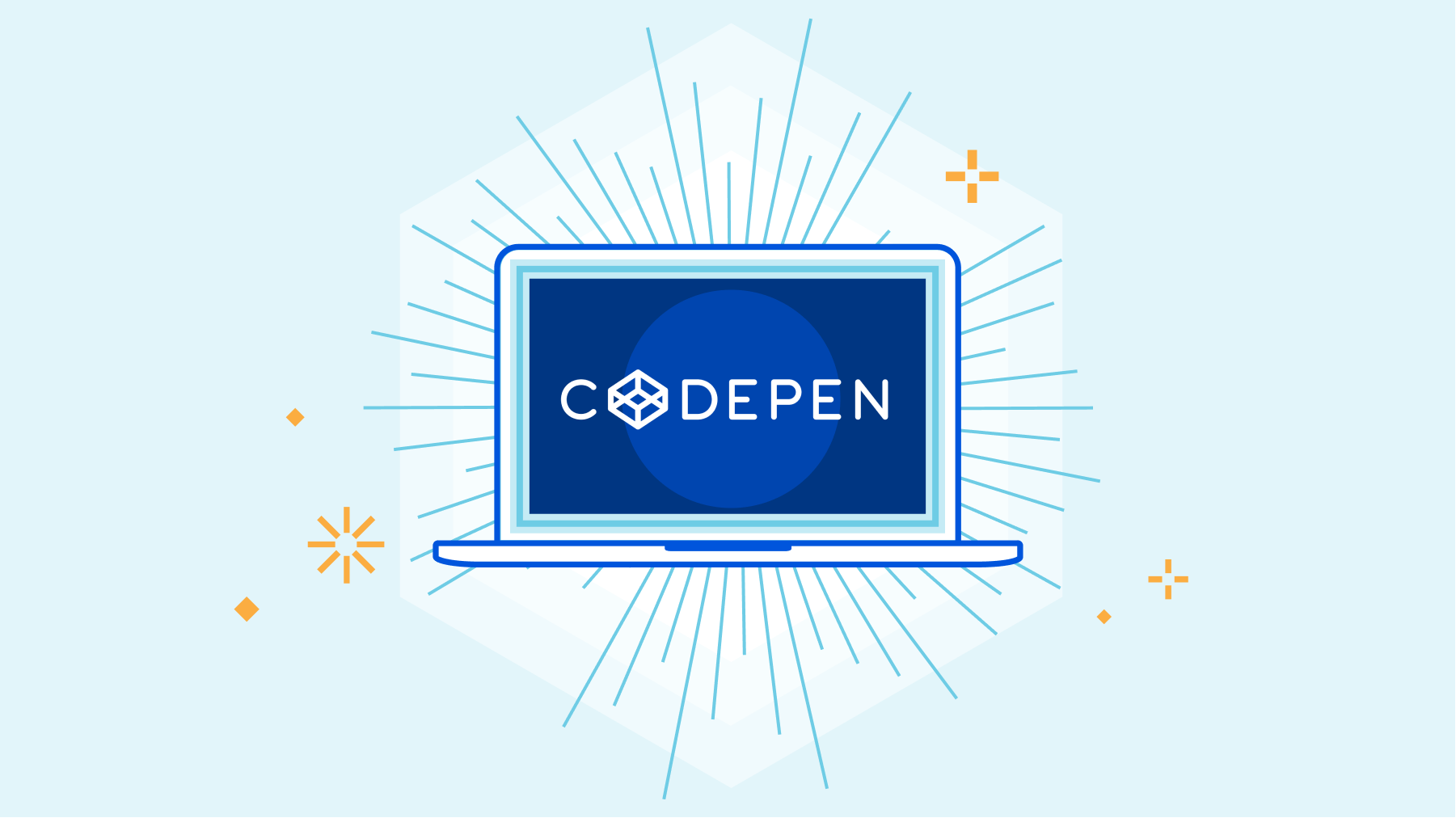
Chris Coyier has been building on the web for over 15 years. Chris made his mark on the web development world with CSS-Tricks in 2007, one of the web's leading publications for frontend and full-stack developers.
In 2012, Chris co-founded CodePen, which is an online code editor that lives in the browser and allows developers to collaborate and share code examples written in HTML, CSS, and JavaScript.
Due to the nature of CodePen — namely, hosting code and an incredibly popular embedding feature, allowing developers to share their CodePen “pens” around the world — any sort of optimization can have a massive impact on CodePen’s business. Increasingly, CodePen relies on the ability to both execute code and store data on Cloudflare’s network as a first stop for those optimizations. As Chris puts it, CodePen uses Cloudflare Workers for "so many things":
"We pull content from an external CMS and use Workers to manipulate HTML before it arrives to the user's browser. For example, we fetch the original page, fetch the content, then stitch them together for a full response."
Workers allows you to work with responses directly using the native Request/Response classes and, with the addition of our Continue reading
Building a full stack application with Cloudflare Pages
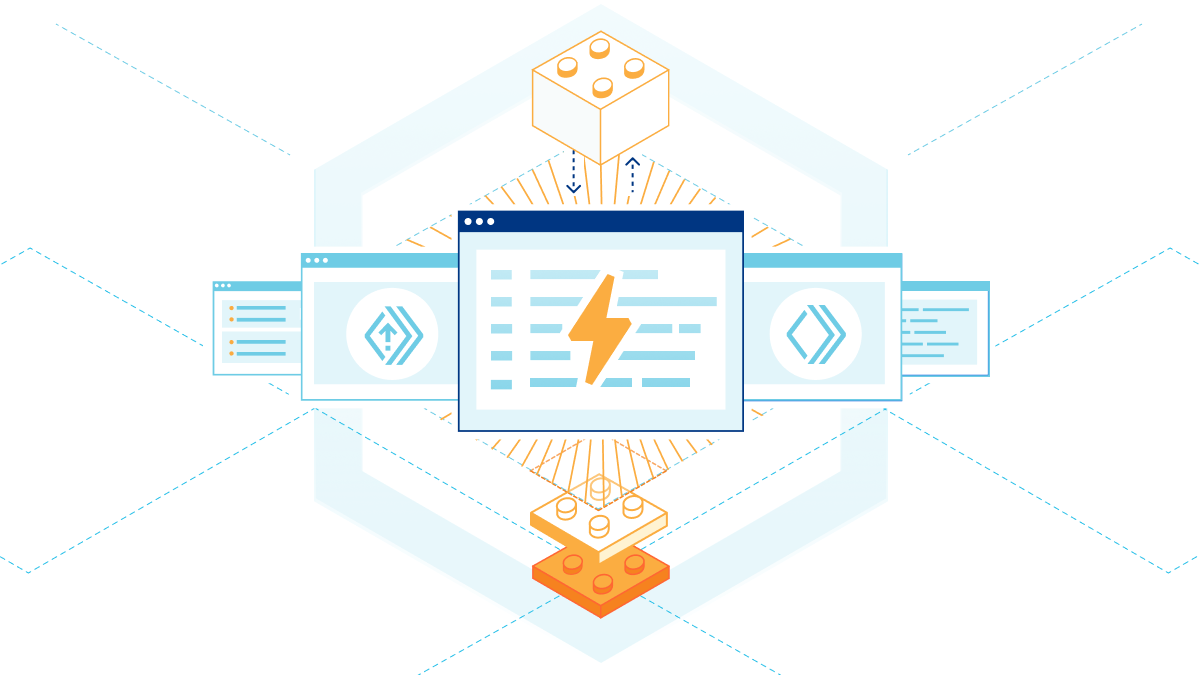
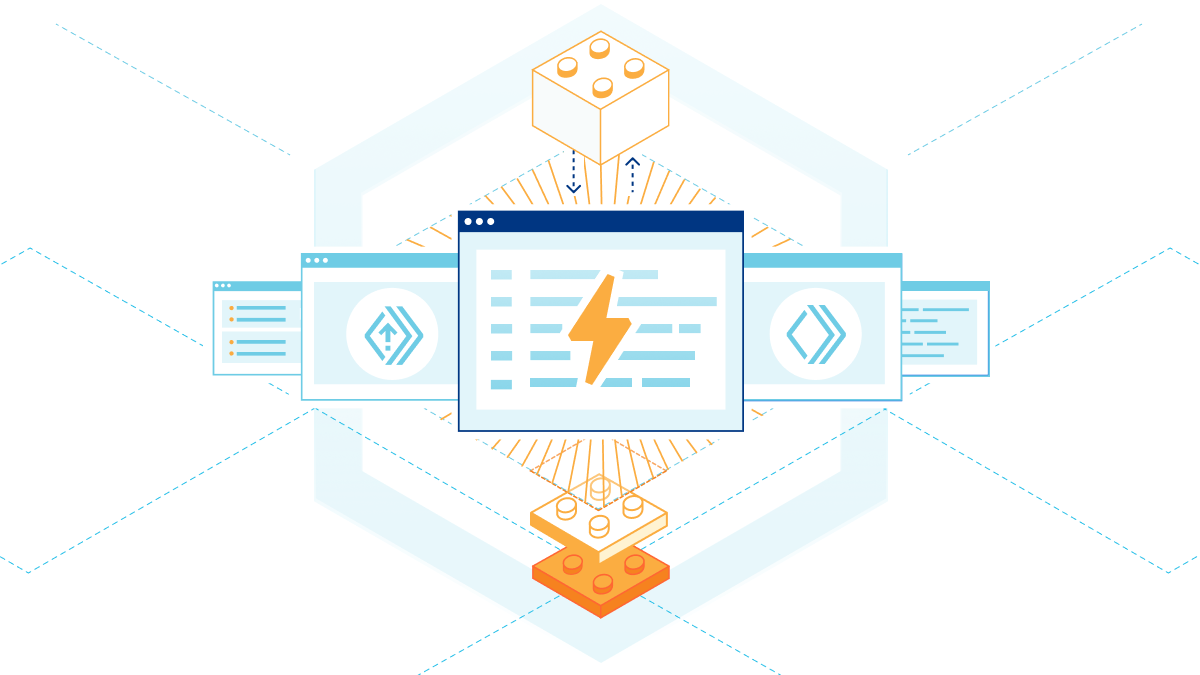
We were so excited to announce support for full stack applications in Cloudflare Pages that we knew we had to show it off in a big way. We've built a sample image-sharing platform to demonstrate how you can add serverless functions right from within Pages with help from Cloudflare Workers. With just one new file to your project, you can add dynamic rendering, interact with other APIs, and persist data with KV and Durable Objects. The possibilities for full-stack applications, in combination with Pages' quick development cycles and unlimited preview environments, gives you the power to create almost any application.
Today, we're walking through our example image-sharing platform. We want to be able to share pictures with friends while still also keeping some images private. We'll build a JSON API with Functions (storing data on KV and Durable Objects), integrate with Cloudflare Images and Cloudflare Access, and use React for our front end.
If you're wanting to dive right into the good stuff, our demo instance is published here, and the code is on GitHub, but stick around for a more gentle approach.
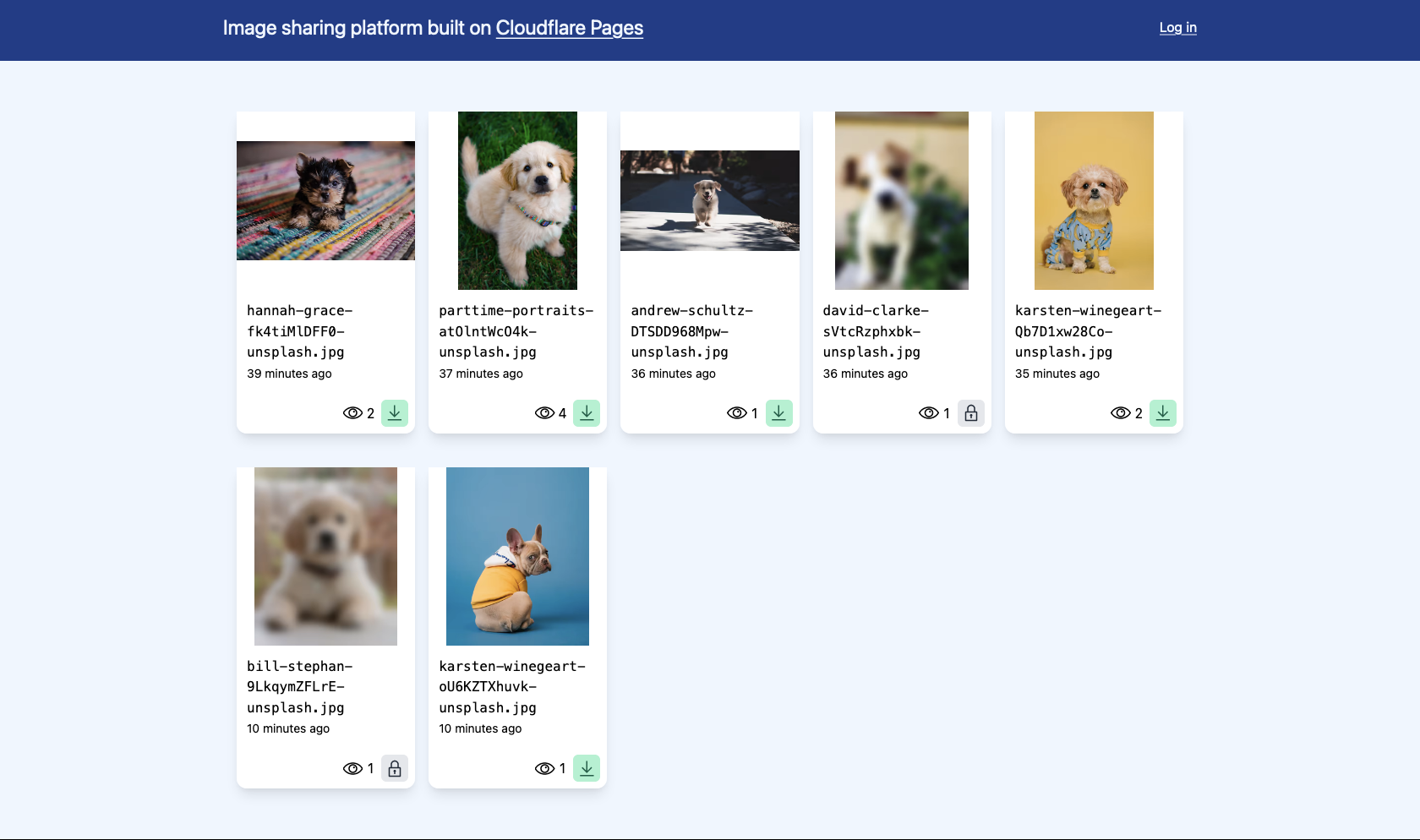
Building serverless functions with Cloudflare Pages
File-based routing
If you're not already familiar, Cloudflare Pages Continue reading
Cloudflare Pages now partners with your favorite CMS


Interest in headless CMSes has seen spectacular growth over the past few years with many businesses looking to adopt the tooling. As audiences consume content through new interfaces taking different forms — smartphones, wearables, personal devices — the idea of decoupling content with its backend begins to provide a better experience both for developing teams and end users. Because of this, we believe there are and will be more opportunities in the future to utilize headless CMSes which is why today, we’re thrilled to announce our partnerships with Sanity and Strapi and also share existing integrations with Contentful and WordPress — all your favorite CMS providers.
A little on headless CMSes
Headless CMSes are one of the most common API integrations we’ve seen so far among you and your teams — whether it’s for your marketing site, blog or e-commerce site. It provides your teams the ability to input the contents of your site through a user-friendly interface and store them in a database, so that updates can easily be made to your site without touching the code base. As a Jamstack platform, a big part of our roadmap is understanding how we can build our own tools or provide Continue reading
Cloudflare Pages now offers GitLab support

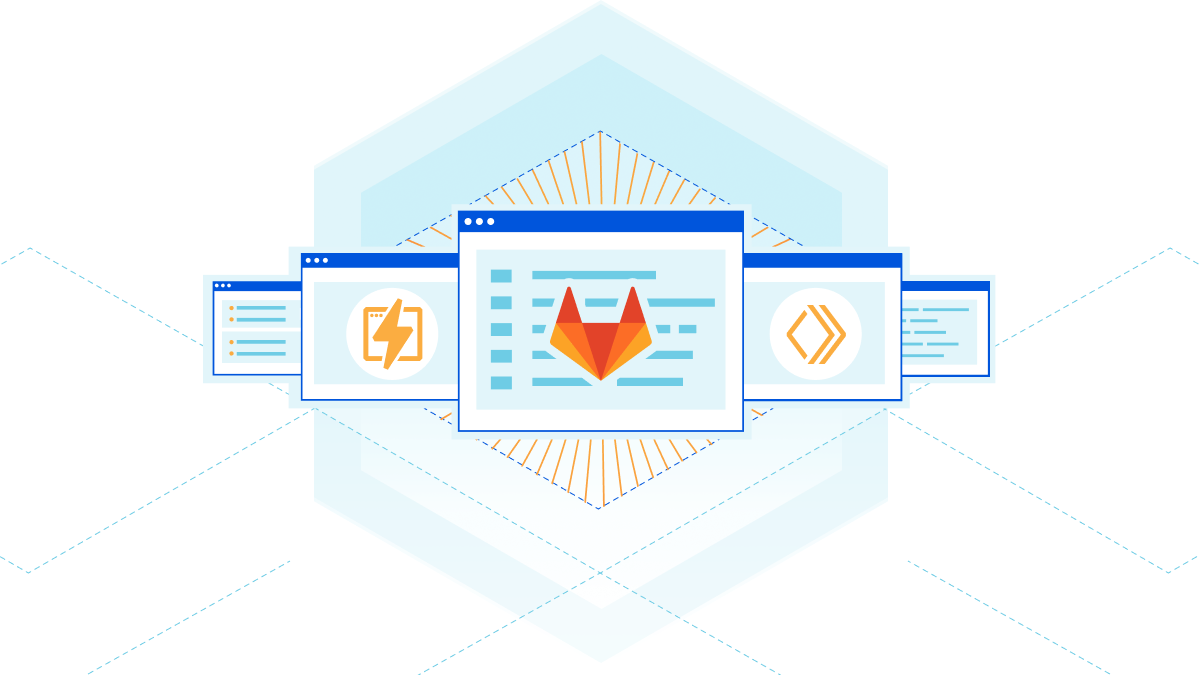
In the early stages of our ideation of Pages, we set out to build a platform with a smooth developer experience that integrates seamlessly with your existing workflow. However, after announcing Pages’ general availability, we realized our platform may not actually be usable by every developer. Before today, only those of you who used GitHub as your source code management tool could take advantage of the Pages experience.
As part of Full Stack Week, we’re opening the doors of our platform to even more users by announcing our integration with GitLab — the DevOps platform! You can now create new Pages projects by connecting your repos stored on GitLab and make site changes there via your usual git commands. And what’s more? We’re also launching an official partnership with GitLab to bring you even better integrations with the git provider in the months to come.
Why GitLab?
As a Jamstack platform, our goal is to enable you, the developer, to focus on what you do best — code, code, code — without the heavy lifting! Not only does this mean giving you all the tools you need to build out a full stack site but also provide you with Continue reading
wrangler 2.0 — a new developer experience for Cloudflare Workers
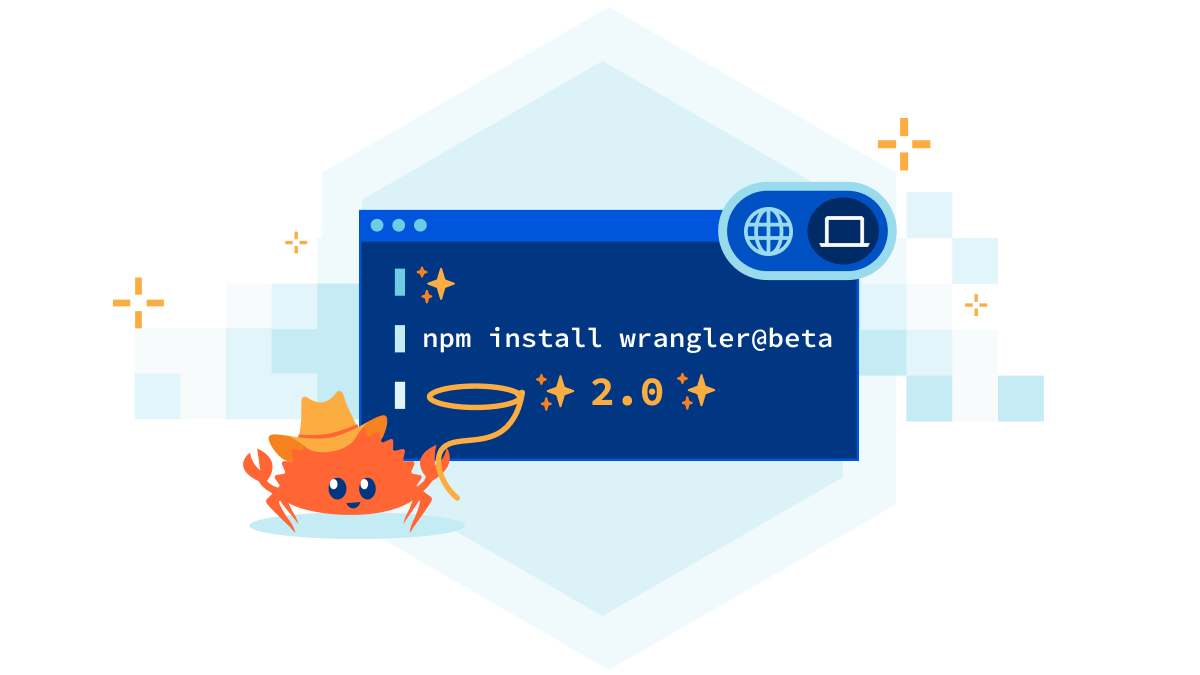

Much of a developer’s work is about making trade-offs: consistency versus availability, speed over correctness, you name it. While there will always be different technical trade-offs to consider, we believe there are some that you, as a developer, should never need to make.
One of those decisions is an easy-to-use development environment. Whether you’re onboarding a new developer to your team or you simply want to develop faster, it’s important that even the smallest of things are optimized for speed and simplicity.
That’s why we're excited to announce the second-generation of our developer tooling for Cloudflare Workers. It’s a new developer experience that’s out-of-the-box, lightning fast, and can even run Workers on a local machine. (Yes!)
If you’re already familiar with our existing tools, we’re not just talking about the wrangler CLI, we’re talking about its next major release: wrangler 2.0. Stick around to get a sneak-peak at the new experience.
No config? No problem
We’ve made it much easier to get started with Cloudflare Workers. All you need is a single JavaScript file to run a Worker -- no configuration needed. You don't even need to decide on a name!
When you run wrangler dev <filename>, Continue reading
Developer Spotlight: James Ross, Nodecraft
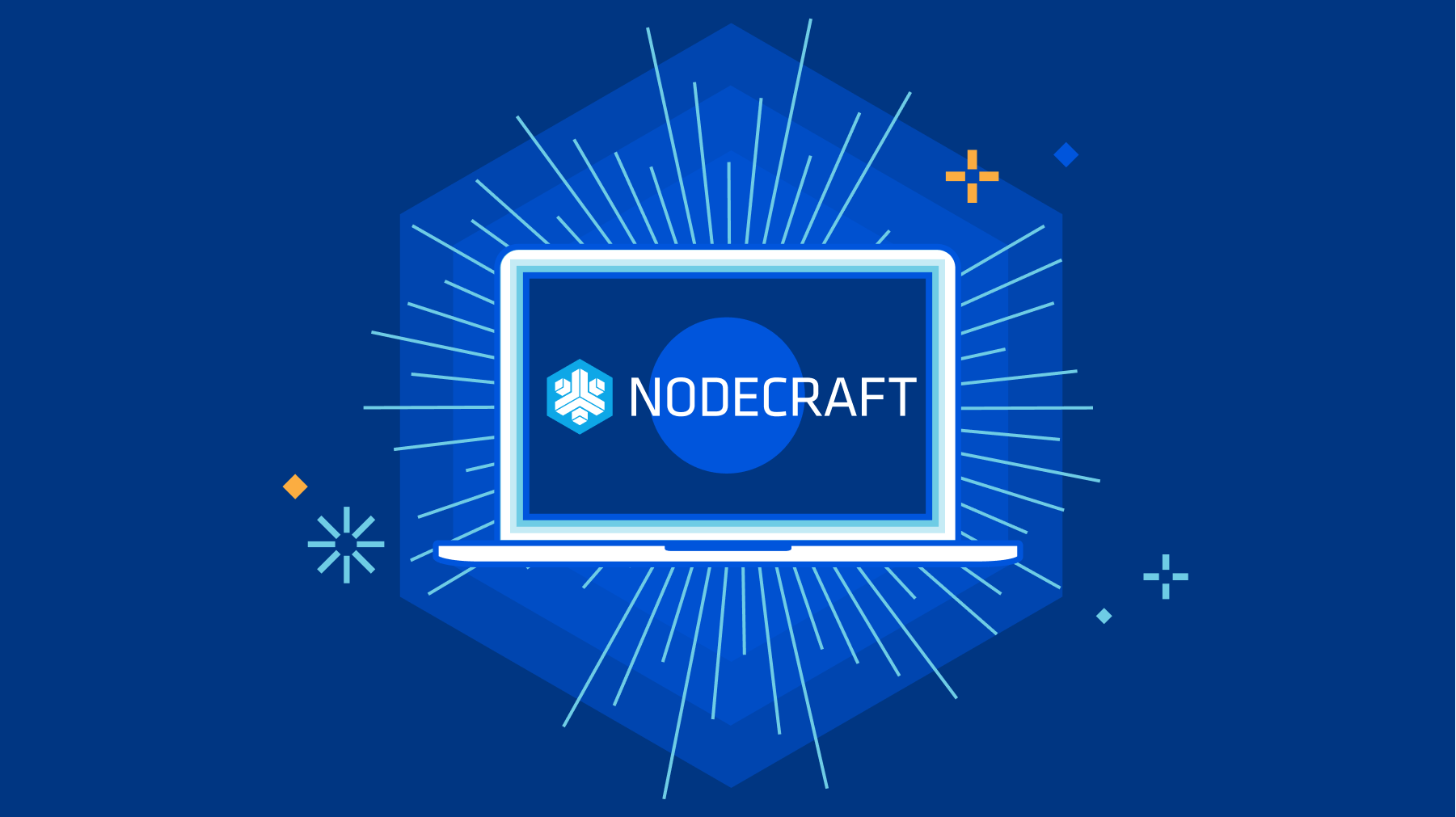

Nodecraft allows gamers to host dedicated servers for their favorite games. James Ross is the Chief Technology Officer for Nodecraft and has advocated for Cloudflare — particularly Cloudflare Workers — within the company.
"We use Workers for all kinds of things. We use Workers to optimize our websites, handle redirects, and deal with image content negotiation for our main website. We're very fortunate that the majority of our users are using modern web browsers, so we can serve images in formats like JPEG XL and AVIF to users through a Workers script".
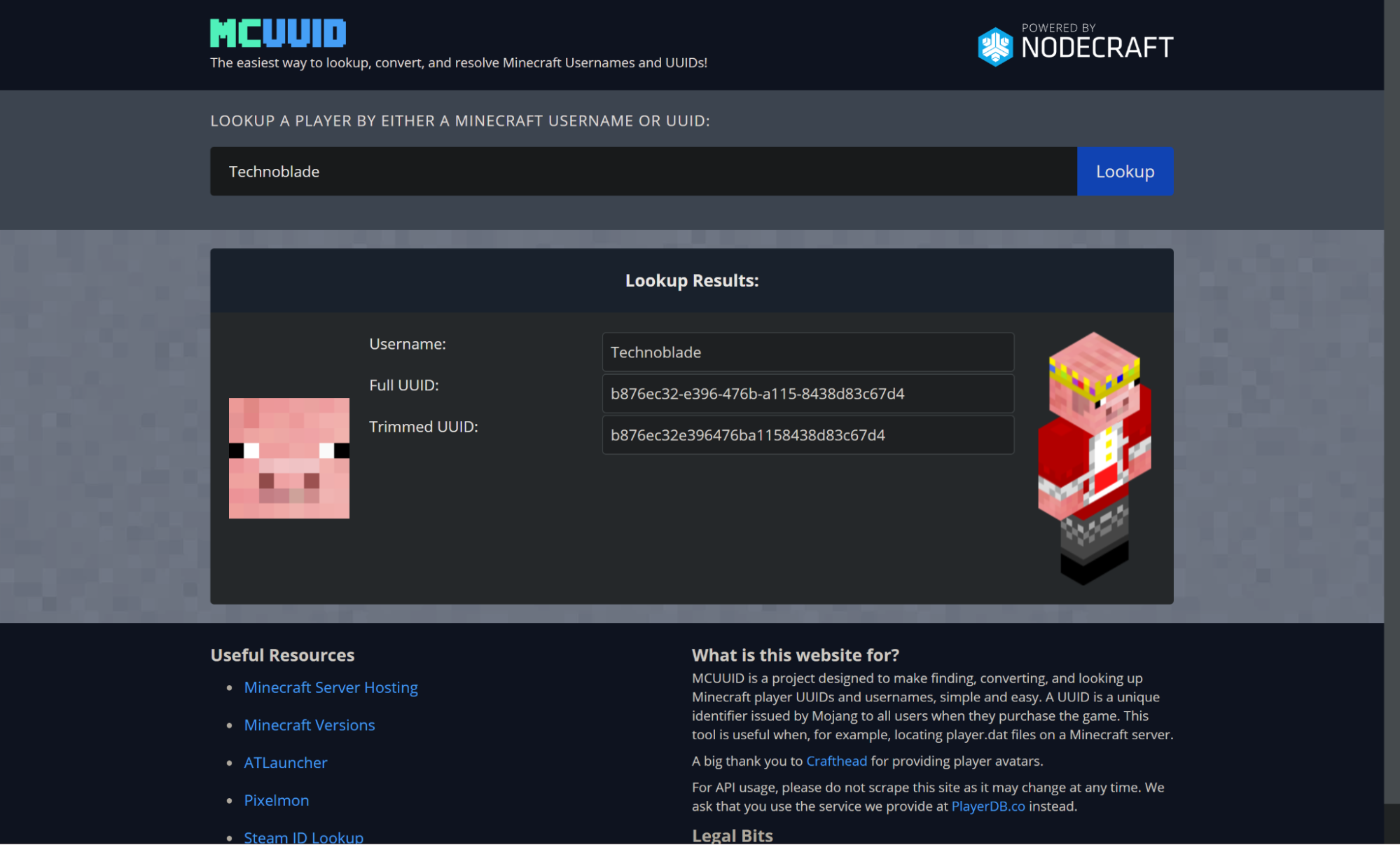
Nodecraft also maintains a number of microsites and APIs that are relied upon by the gaming community to retrieve game information. PlayerDB provides a JSON API for looking up information on user profiles for a number of gaming services, and MCUUID and SteamID are wrapped frontends for users of those services to interact with that API. Each of these is written and deployed as a Cloudflare Worker:
"Whenever a player joins a Minecraft server, we want to get their information — like their name and player image — and show it to our users. That API receives a hundred million requests a month. And we use the same Continue reading
Automatically generating types for Cloudflare Workers
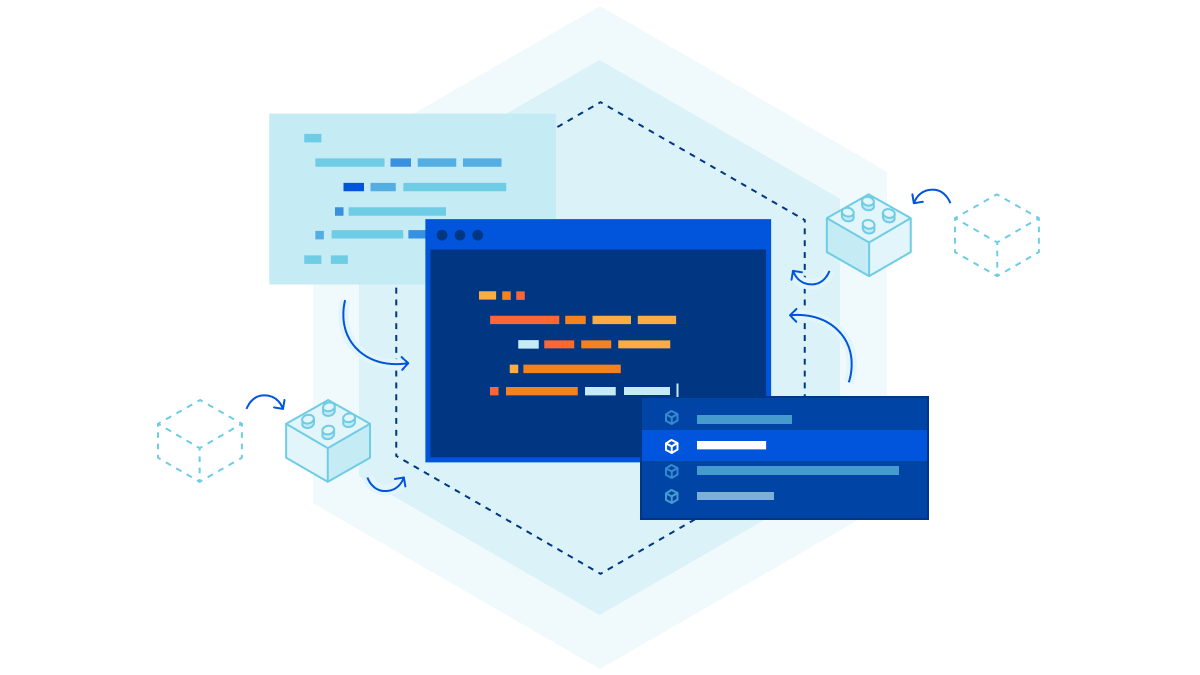
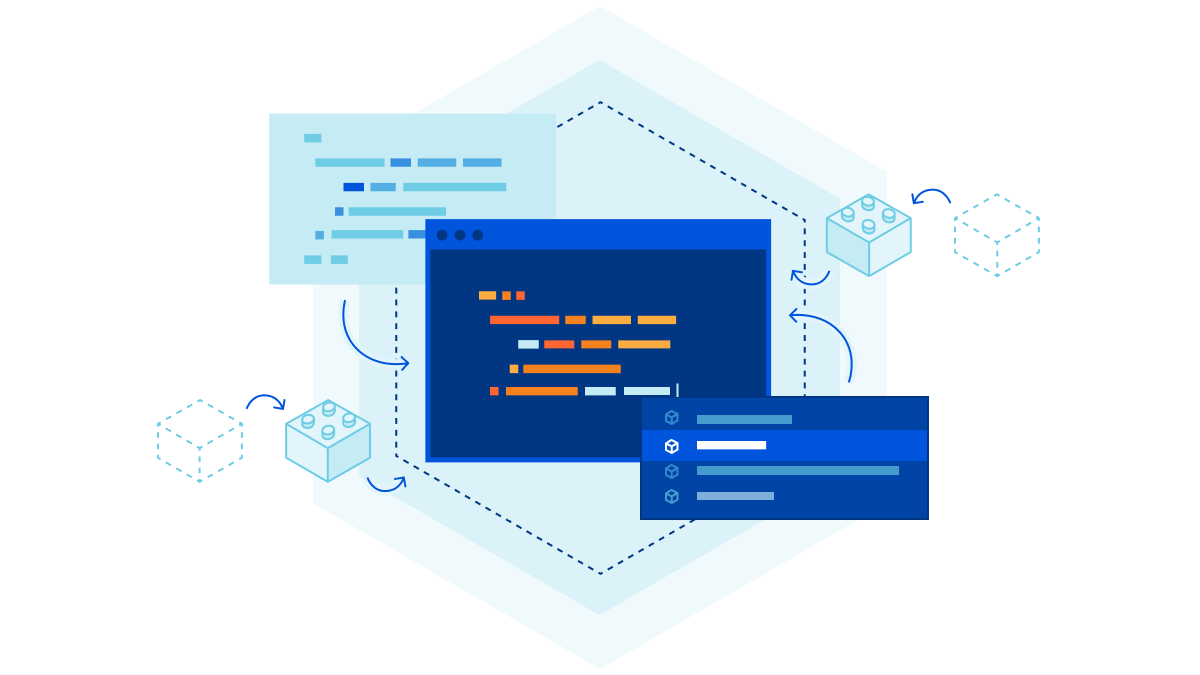
Historically, keeping our Rust and TypeScript type repos up to date has been hard. They were manually generated, which means they ran the risk of being inaccurate or out of date. Until recently, the workers-types repository needed to be manually updated whenever the types changed. We also used to add type information for mostly complete browser APIs. This led to confusion when people would try to use browser APIs that aren’t supported by the Workers runtime they would compile but throw errors.
That all changed this summer when Brendan Coll, whilst he was interning with us, built an automated pipeline for generating them. It runs every time we build the Workers runtime, generating types for our TypeScript and Rust repositories. Now everything is up-to-date and accurate.
A quick overview
Every time the Workers runtime code is built, a script runs over the public APIs and generates the Rust and TypeScript types as well as a JSON file containing an intermediate representation of the static types. The types are sent to the appropriate repositories and the JSON file is uploaded as well in case people want to create their own types packages. More on that later.
This means the static types Continue reading
JavaScript modules are now supported on Cloudflare Workers
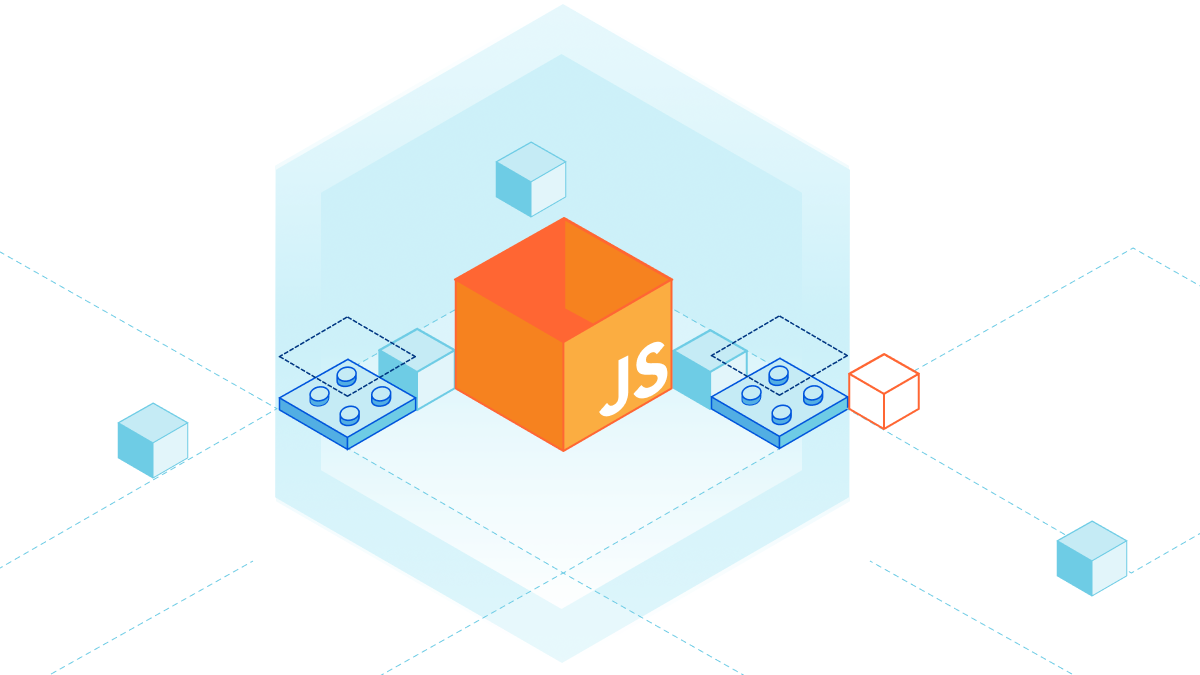
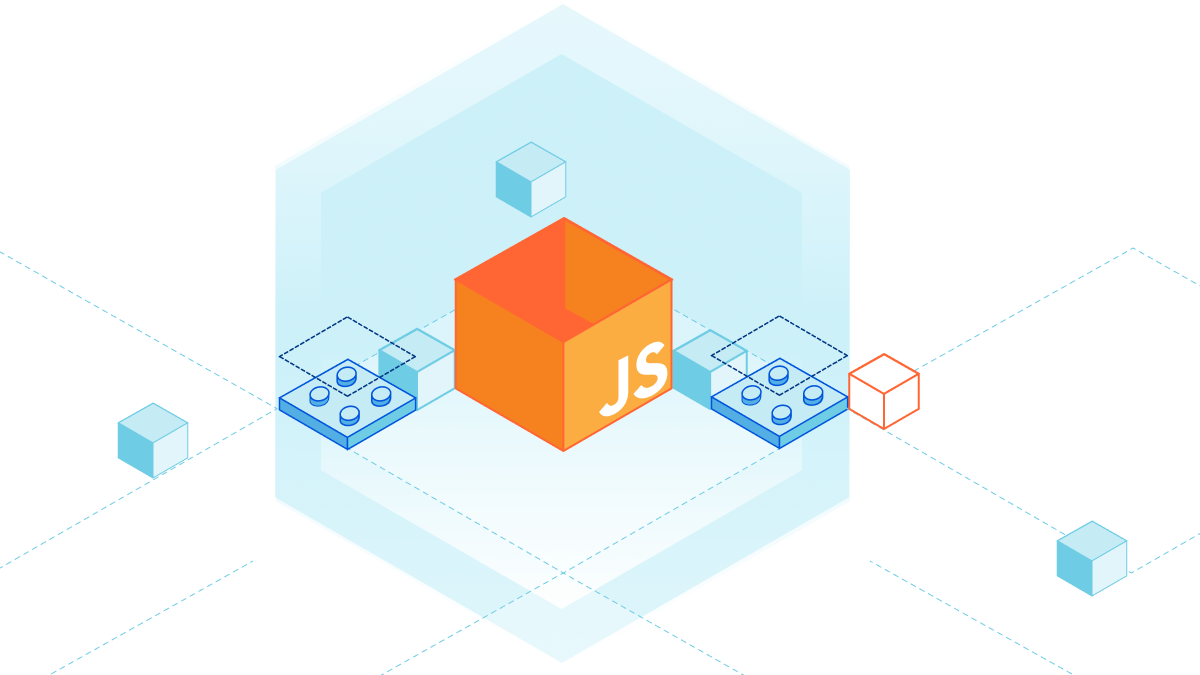
We’re excited to announce that JavaScript modules are now supported on Cloudflare Workers. If you’ve ever taken look at an example Worker written in JavaScript, you might recognize the following code snippet that has been floating around the Internet the past few years:
addEventListener("fetch", (event) => {
event.respondWith(new Response("Hello Worker!"));
}
The above syntax is known as the “Service Worker” API, and it was proposed to be standardized for use in web browsers. The idea is that you can attach a JavaScript file to a web page to modify its HTTP requests and responses, acting like a virtual endpoint. It was exactly what we needed for Workers, and it even integrated well with standard Web APIs like fetch() and caches.
Before introducing modules, we want to make it clear that we will continue to support the Service Worker API. No developer wants to get an email saying that you need to rewrite your code because an API or feature is being deprecated; and you won’t be getting one from us. If you’re interested in learning why we made this decision, you can read about our commitment to backwards-compatibility for Workers.
What are JavaScript modules?
JavaScript modules, Continue reading
Introducing Services: Build Composable, Distributed Applications on Cloudflare Workers

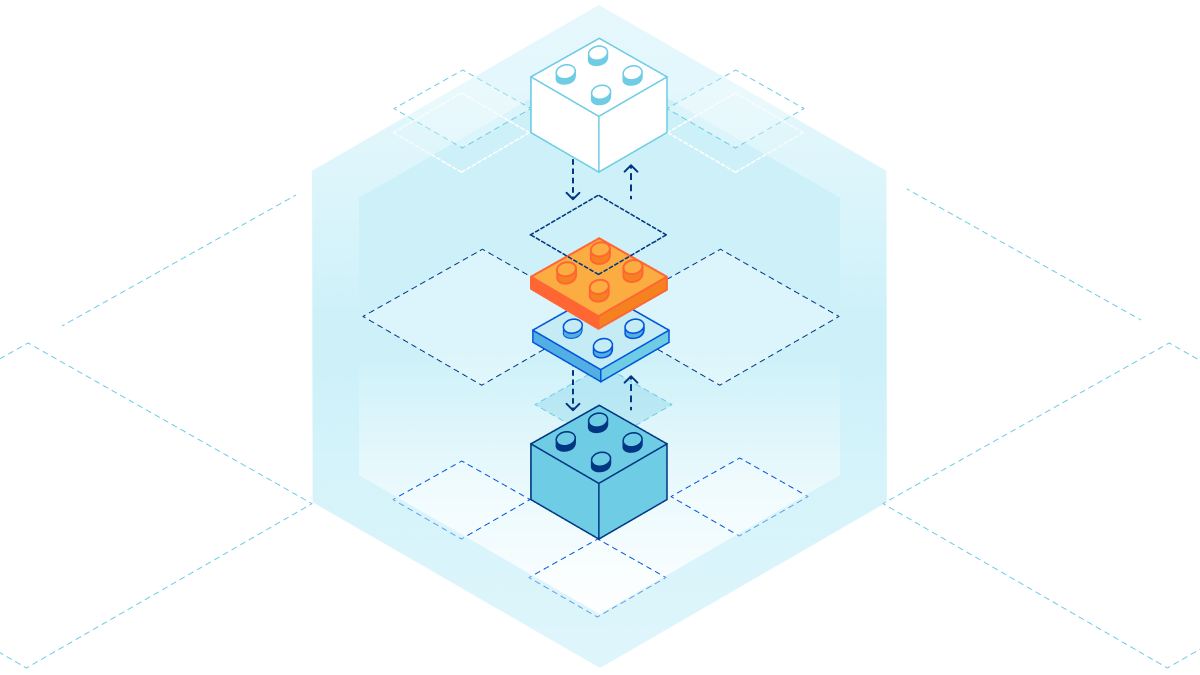
First, there was the Worker script. It was simple, yet elegant. With just a few lines of code, you could rewrite an HTTP request, append a header, or make a quick fix to your website.
Though, what if you wanted to build an entire application on Workers? You’d need a lot more tools in your developer toolbox. That’s why we’ve introduced extensions to Workers platform like KV, our distributed key-value store; Durable Objects, — a strongly consistent, object-oriented database; and soon R2, the no-egress object storage. While these tools allow you to build a more robust application, there’s still a gap when it comes to building a system architecture, composed of many applications or services.
Imagine you’ve built an authentication service that authorizes requests to your API. You’d want to re-use that logic among all your other services. Moreover, when you make changes to that authentication service, you’d want to test it in a controlled environment that doesn’t affect those other services in production. Well, you don’t need to imagine anymore.
Introducing Services
Services are the new building block for deploying applications on Cloudflare Workers. Unlike the script, a service is composable, which allows services to talk Continue reading
Introducing Relational Database Connectors
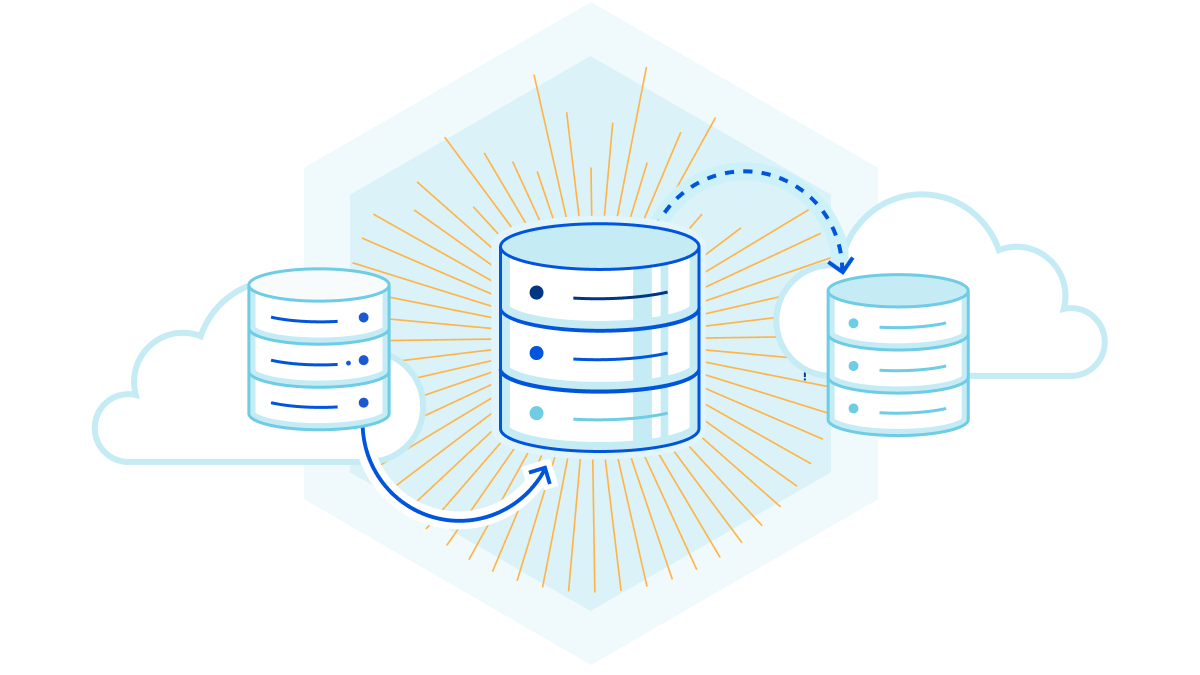
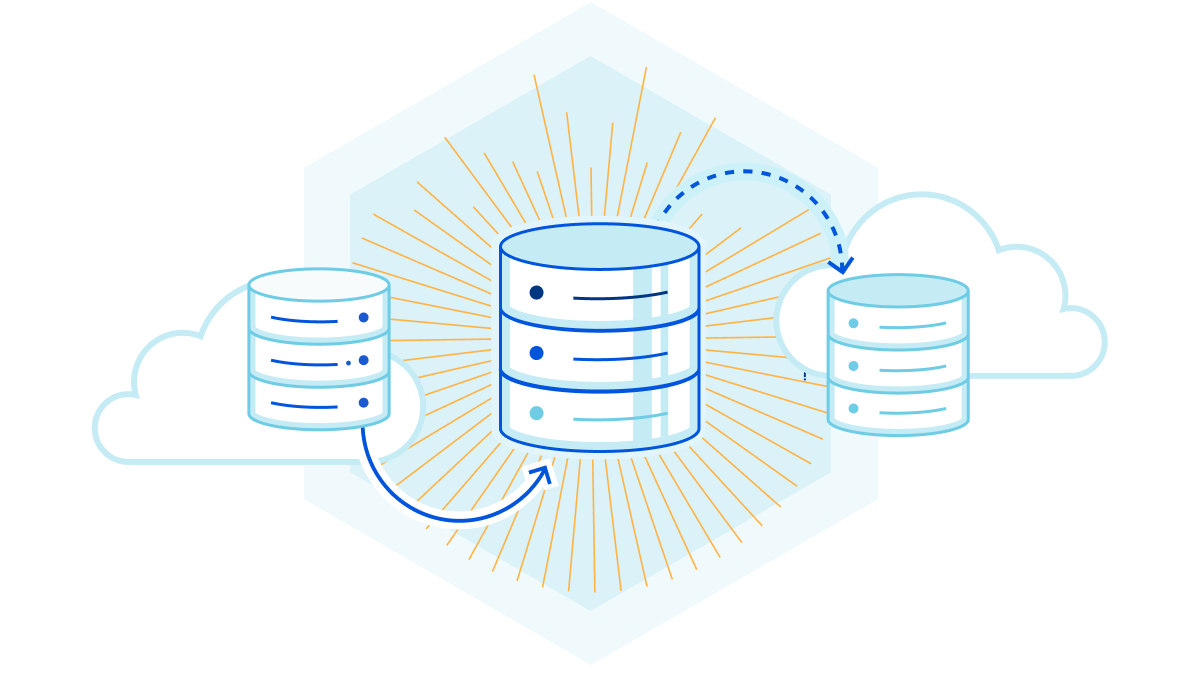
At Cloudflare, we’re building the best compute platform in the world. We want to make it easy, seamless, and obvious to build your applications with us. But simply making the best compute platform is not enough — at the heart of your applications are the data they interact with.
Cloudflare has multiple data storage solutions available today: Workers KV, R2, and Durable Objects. All three follow Cloudflare’s design goals for Workers: global by default, infinitely scalable, and delightful for developers to use. We’ve partnered with third-party storage solutions like Fauna, MongoDB and Prisma, who have built data platforms that align beautifully with our design goals and written tutorials for databases that already support HTTP connections.
The one area that’s been sorely missed: relational databases. Cloudflare itself runs on relational databases, and we’re not alone. In April, we asked which Node libraries you wanted us to support, and four of the top five requests were related to databases. For this Full Stack Week, we asked ourselves: how could we support relational databases in a way that aligned with our design goals?
Today, we’re taking a first step towards that world by announcing support for relational databases, including Postgres and Continue reading
Developer Spotlight: Winning a Game Jam with Jamstack and Durable Objects


Welcome to a new blog post series called Developer Spotlight. In this series we will be showcasing interesting applications built on top of the Cloudflare Workers Ecosystem.
And to celebrate Durable Objects going GA, what better to kick off the series than with a really cool tech demo of Durable Objects called Full Tilt?
Full Tilt by Guido Zuidhof is a game jam entry for Ludum Dare, one of the biggest and oldest game jams around, where he won first place in the innovation category. A game jam is like a hackathon for games, where you have a very short amount of time (usually 48-72 hours) to create a game from scratch.
We love Full Tilt, not just because Guido used Workers and Durable Objects to build a cool game where you control a game on your computer via your phone, but especially because it shows how powerful Durable Objects are. In less than 48 hours Guido was able to write all the logic to instantly spin up a personal gaming server anywhere in the world, as close to that player as possible. And it is so fast that you feel like you are controlling the computer directly.
But Continue reading